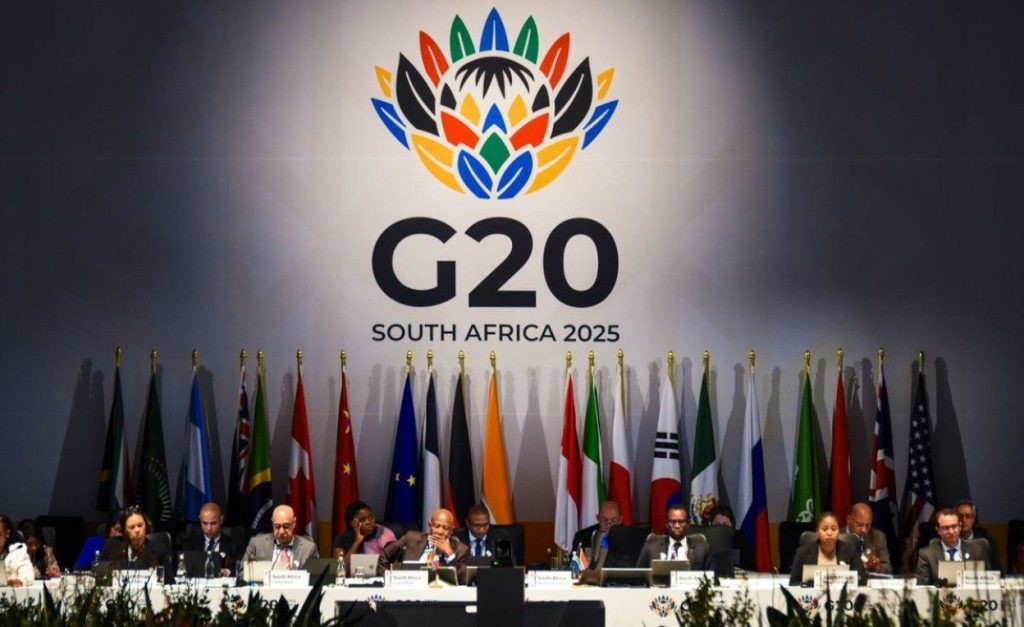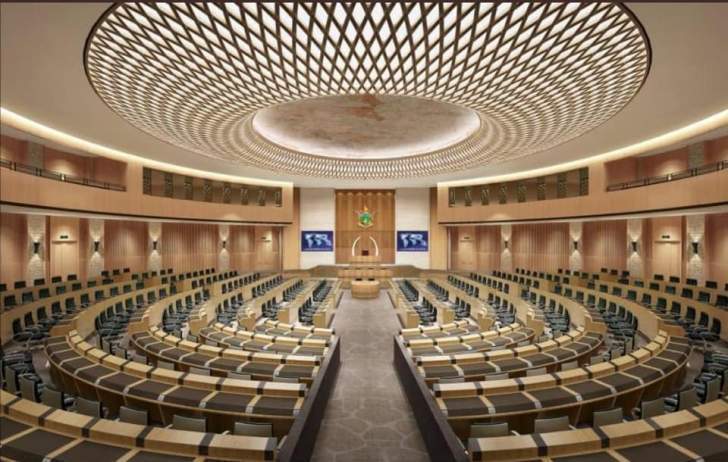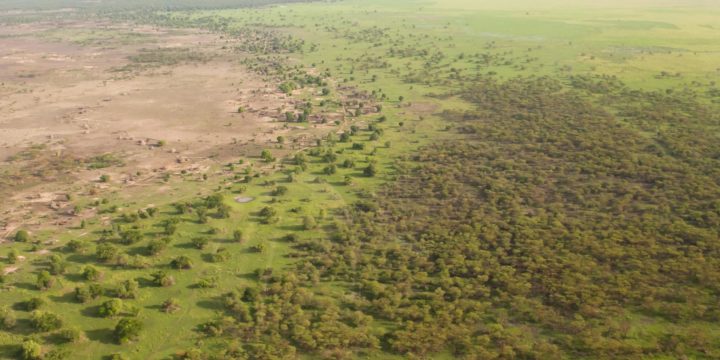More than three decades ago, countries across the world acknowledged that access to low carbon technologies was uneven and would undermine global decarbonisation goals. Recognising that the green transition required more than just finance, developed countries agreed to promote and facilitate the transfer of and access to these technologies to developing countries. And while climate finance has typically received the spotlight, it has always been the case that developing countries have made their climate targets conditional upon the receipt upon the transfer of climate technologies from the global north.
But this process has been slow to fruition. Part of the problem, it was said, was the diversity and specificity of in-country technology needs. This drove a decision in 2009 to encourage developing countries to put together a Technology Needs Assessment (TNA), that demonstrated their national technological priorities as well as barriers to access. These were to be realised and implemented through Technology Action Plans (TAPs) that translated the priorities into implementation-ready programmes and projects. The intention was for these plans to operate as attractive blueprints for investors and global funds to channel finance into the right avenues. Developing countries obliged and to date 98 countries have TNAs with a combined budget of US$ 20.1 billion for mitigation and US$4 billion for adaptation projects.
But have these plans meaningfully resulted in finance being channelled to the right projects or at all? We can’t say for sure when it comes to private finance, but in relation to global funds like the Green Climate Fund (GCF), the Global Environmental Facility (GEF) the value is abysmal. In a submission by the United Nations Environmental Programme to the UNFCCC earlier this year, it was found that only 21 projects from the 98 plans had received support and finance from the GCF and GEF. This was over a period of fourteen years. The GCF had contributed US$298 million and the GEF contributed US$20 million, with the remainder US$1.83 billion in co-finance. The small showing is symptomatic of the overarching problems developing countries have faced accessing these funds more broadly. And in the GCF’s defence, it also depends on how you measure technology transfer in projects. In their Board report last year, for example, they also pointed to the fact that 75% of their funded projects had at least one technology component. But irrespective of these issues, 21 projects from 98 plans over fourteen years is difficult to justify.
Is this project by project and plan based approach what was intended when it comes to the transfer and development of climate technologies from developed to developing countries? In the global race to develop, domesticate and benefit from climate technologies such as renewable energy, electric vehicles, energy efficiency technologies, low carbon fuels; the scramble for critical minerals in African countries to build them; and the slew of national incentives, enabling regulation, and carbon related border tariffs in the global north that seek to shore up domestic development and manufacturing of these goods, it is no wonder that developing countries feel left behind.
The Technology Mechanism is the policy and implementation arm of the UNFCCC that oversees technology transfer, including TAP implementation. Discussions in Bonn in June this year focused on how the Technology Mechanism could better synergise its work with the global funds to ensure that more finance flowed towards prioritised technology projects. There are many possible ways of going about this. One party suggested that there be a floor amount of finance spent by the GCF on technology transfer, more support for the update of TNAs, and more collaboration and participation between the GCF Board and GEF Council with the implementing bodies of the Technology Mechanism (the Technology Executive Committee and the Climate Technology Centre and Network). These are important steps, but perhaps a wider discussion is warranted, one that goes beyond how do we get more projects with technology components financed.
This was something Cuba alluded to last year when they asked for an agenda item at the COP on technology cooperation and innovation, calling for a specific discussion on how to operationalise Article 10.5 of the Paris Agreement which deals early stage collaboration in research and development. In the Global Stocktake of last year, countries also recognised the uneven adoption of climate technologies around the world and the need to increase the affordability and accessibility of wind power and solar power and storage. A key message was the need for global cooperation in the rapid deployment of existing clean technologies and greater innovation, dissemination of and access to new and emerging technologies.
Looking at the 31 countries in Africa that developed TNAs, the need for solar energy and hydropower was almost universal. For adaptation, technology needs were heavily weighted in favour of farming systems, crop management, and crop diversification, water storage and water harvesting. Given this predominance and commonality amongst countries, the conversation around technology transfer, at least for Africa, should be focused on making these common technologies accessible across the board. The project by project and plan by plan approach to technology transfer is not helpful when we know the common need. All it does is trap countries in an endless planning and plan update cycle, where TNAs and TNPs need to be reviewed and then aligned with the stack of other policy instruments countries are required or encouraged to develop, such as National Adaptation Plans, Nationally Determined Contributions, and Low Emission Development Strategies, and associated investment strategies.
There is a much wider and more important conversation to be had about how domestic incentives, tariffs, trade barriers, loan conditions, the global financial architecture and localisation requirements support or undermine the technology transfer and development. While financing technologies through project based approaches and the GCF has a place in this discussion, it is not the only element. A total of 21 funded projects over 15 years is reason enough to abandon the technology planning cycle and TNAs. Let us rather focus on technologies and projects planned within NDCs and other existing climate plans, and work on the global trade, intellectual property, research and development, finance and macro-economic climate to ensure that the technologies we already know are in high demand across the world, and get to the places that need them. Article 10 of the Paris Agreement and COP29 is the place to start having this conversation.





